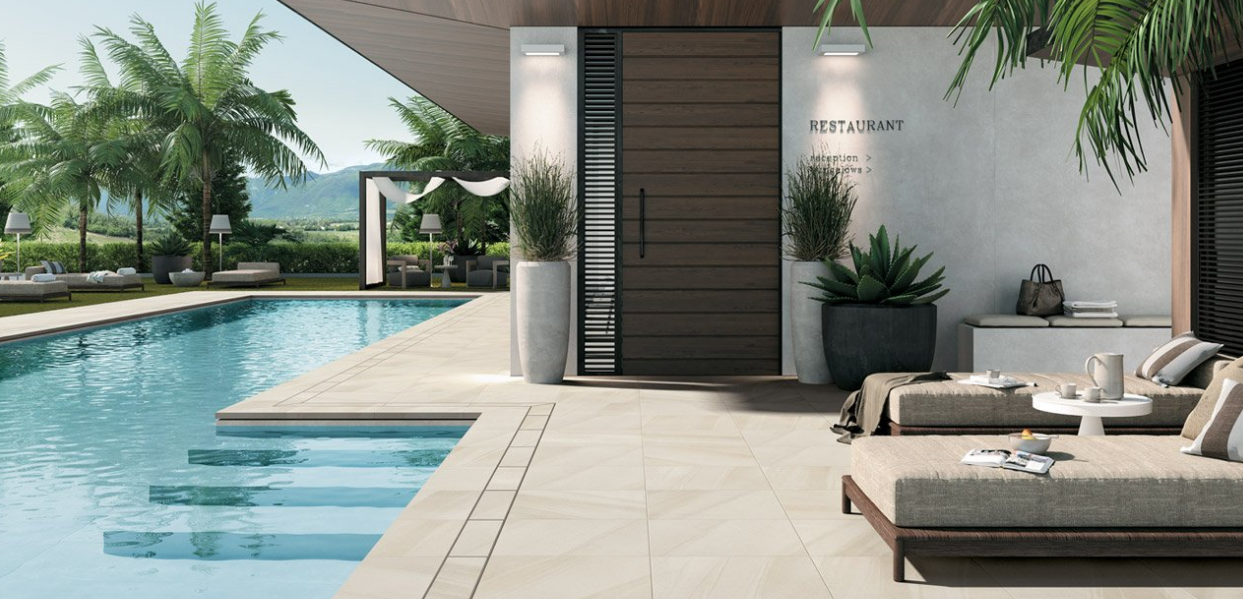
The main difference: Bryce product history Most of the time, they were later improved in Vue. Interestingly, many of these appeared first in Bryce and then appeared in Vue versions, sometimes in a disturbingly similar way. Infinite planes object (ground, water, clouds).Small scene preview render (nano preview).They probably share more features that any other 3d application has. In fact, Bryce and Vue have a lot in common. Their modelling capacities are limited, but they are both able to import a wide range of 3d model formats, including Poser files. They are centered around scene building and rendering. This article is an attempt to summarize my findings in this respect.īryce and Vue are 3d landscape programs that can actually be used to make almost any kind of image. My first tests in Vue were no more than a cautious exploration, but I quickly realized that it had lots of features I had been wanting in Bryce for years. I have used Bryce for a long time before switching - somewhat reluctantly - to Vue.
VUE ESPRIT 7 SOFTWARE
Rendering optimization - we will look at those areas in Vue that cause longer render times, and will discuss ways to create more render-friendly scenes.TAGS: 3d benchmarks, DAZ Bryce 6, e-On Software Vue 7 We'll also take a look at synchronizing the Vue camera to cameras from other software. Projections and camera mapping: We'll see how it's possible to drastically reduce animation render times by projecting parts of the scene onto planes.
VUE ESPRIT 7 HOW TO
Vue and compositing - We'll take a look at Vue's powerful multi-pass rendering and learn how to take advantage of the various passes by improving a Vue render in a Nuke compositing session. The function Editor - We will dig deep inside Vue’s powerful node-based function editor, and learn how to create elaborate terrains and materials using fractal algorithms and filters.Īnimation - The curve editor, animation render settings, wind and breeze, ventilators, animating clouds, water waves, tracking and linking. We will also create water material and explore transparency, refraction and murkiness. Materials and natural distribution - We will create textured and procedural materials and layer them using natural distribution rules. Terrains - We’ll go through the different terrain types (height field, procedural, large scale and infinite), and explore terrain hand-sculpting and erosion techniques, as well as basic function editing, and spherical terrains. We will devote most of the lesson to the Spectral atmosphere and volumetric clouds, and will also take a short look at the standard model and environment mapping. We’ll explore the different approaches to setting up EcoSystems, from free-hand painting to defining distribution and interaction rules.Ītmosphere and lighting - Mastering the atmospheric models in Vue is essential for achieving good looking renders. Plants and EcoSystems - After examining Vue’s SolidGrowth plants, We’ll take a close look at Vue’s fantastic distribution system. Then we’ll build a simple scene, which will allow us to get familiar with the interface and various editors. Introduction to Vue - We will look at some of the strengths and unique capabilities of Vue. He has written Vue tutorials for various publications, including 3D World Magazine (for which he is a regular contributor), and has created many sample scenes for Vue xStream, Infinite and Esprit. Dinur is a true Vue veteran, and has been using the app extensively since version 2 in numerous projects.

He has created visual effects for films such as "Clash of the Titans", "Salt", "Transformers: Revenge of the Fallen", "Surrogates", "Terminator Salvation", "Star Trek", "Iron Man" and "Indiana Jones and the Kingdom of the Crystal Skull". Keeping in mind the needs of matte painting and compositing, we will also explore Vue's extensive multi-pass rendering, matte generation and export options.ĭinur has worked for several years a senior digital artist at ILM Singapore and at Framestore NY, and is currently compositing supervisor at Brainstorm Digital NYC. We will first cover all of the main aspects of Vue - the different atmospheric models, polygonal and procedural terrains, EcoSystems, animation, materials and plant editing, and then dig deeper into more complex areas such as fractal functions and multi-layered shaders.

Vue has gained a prominent position in the industry as a tool for creating rich and detailed 3D natural scenery and there's an ever-growing demand for competent Vue artists. From creating assets for matte painting and compositing to animating and rendering complete 3D scenes.
VUE ESPRIT 7 PROFESSIONAL
Taught by Eran Dinur, this course offers a comprehensive approach to learning Vue, with an emphasis on workflow and techniques needed for effectively using it in various professional production scenarios.


 0 kommentar(er)
0 kommentar(er)
